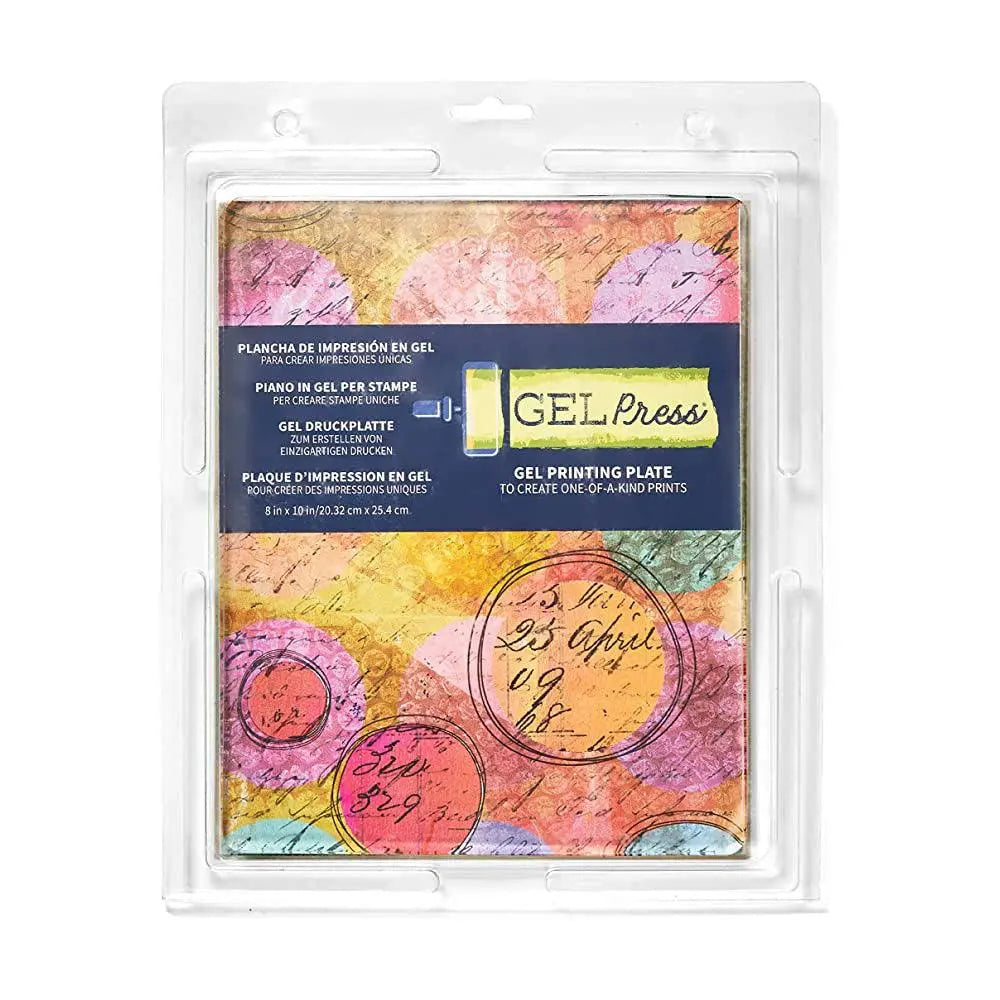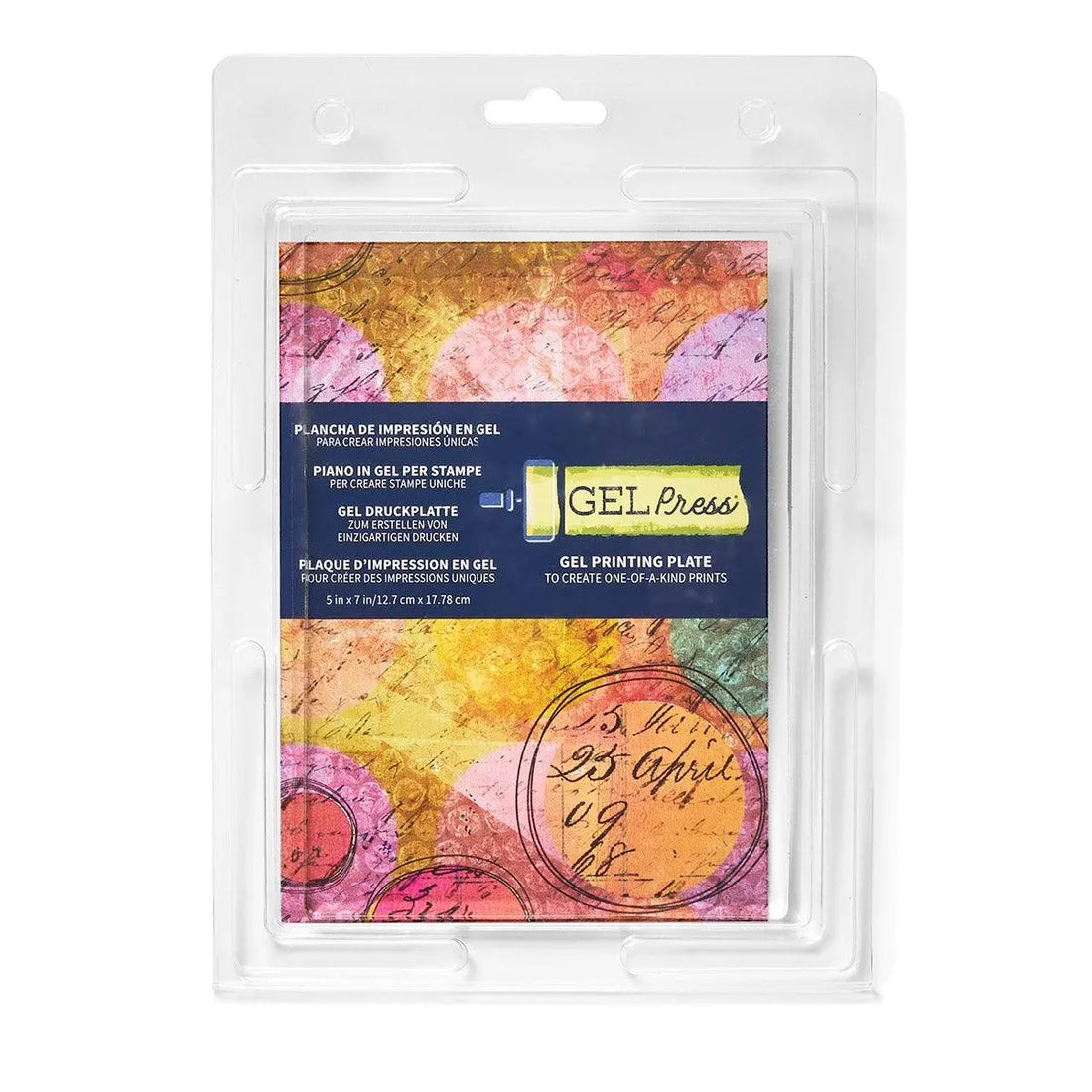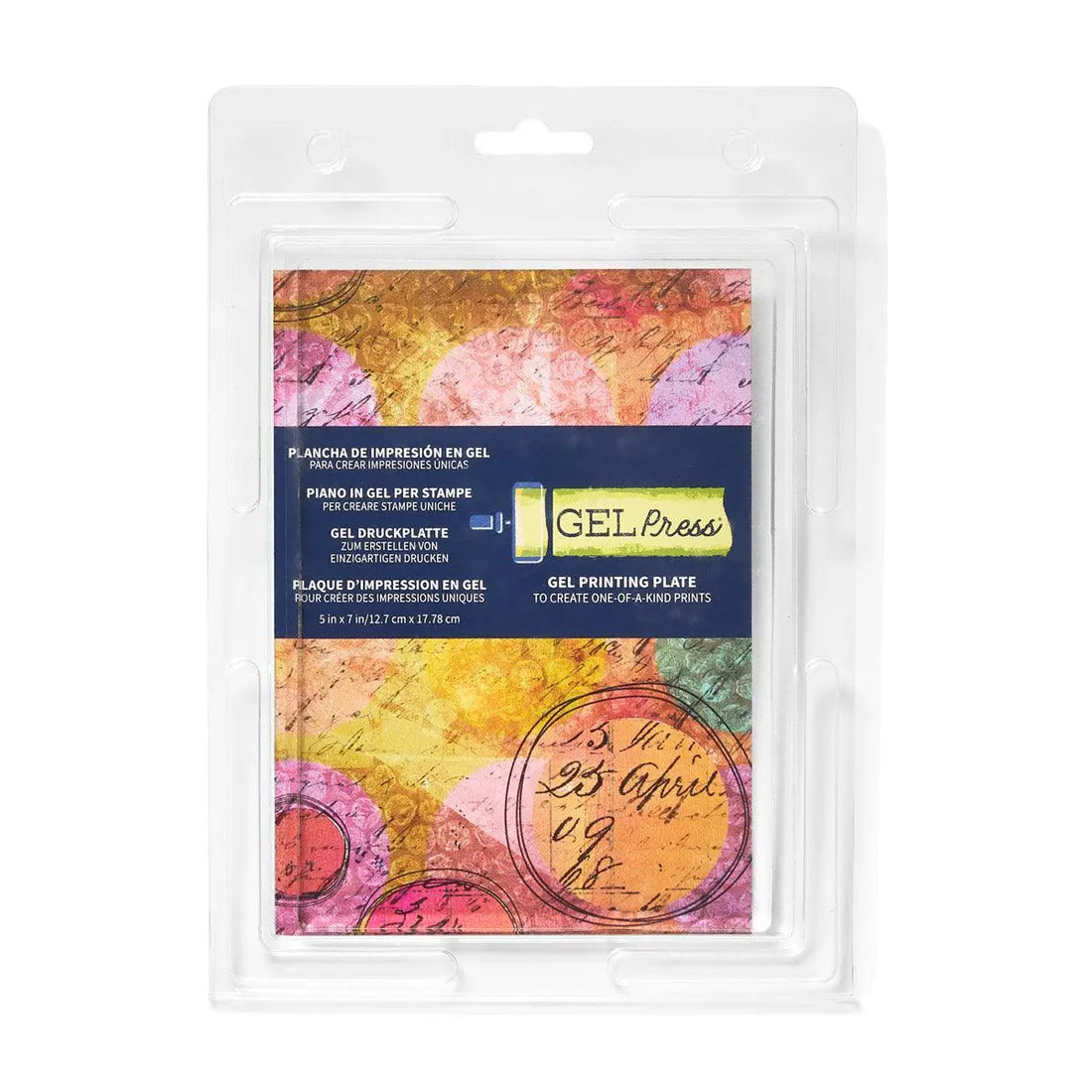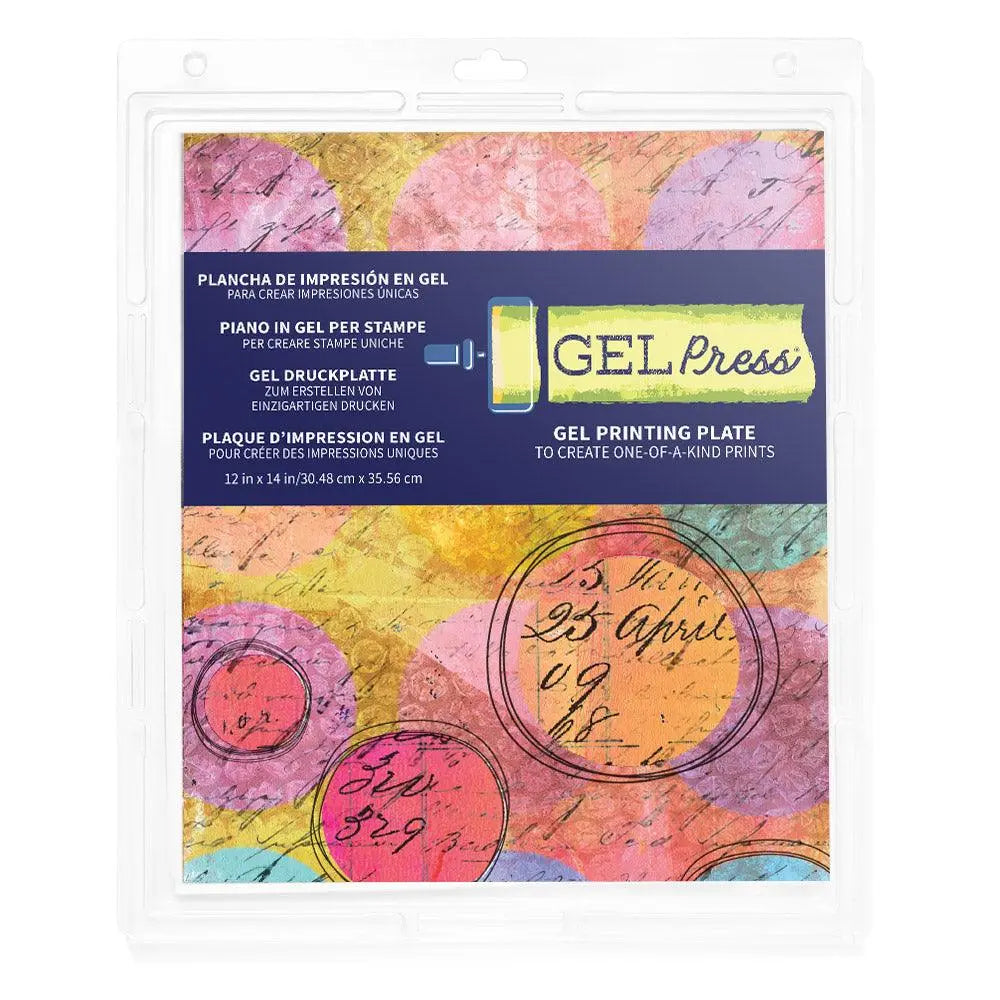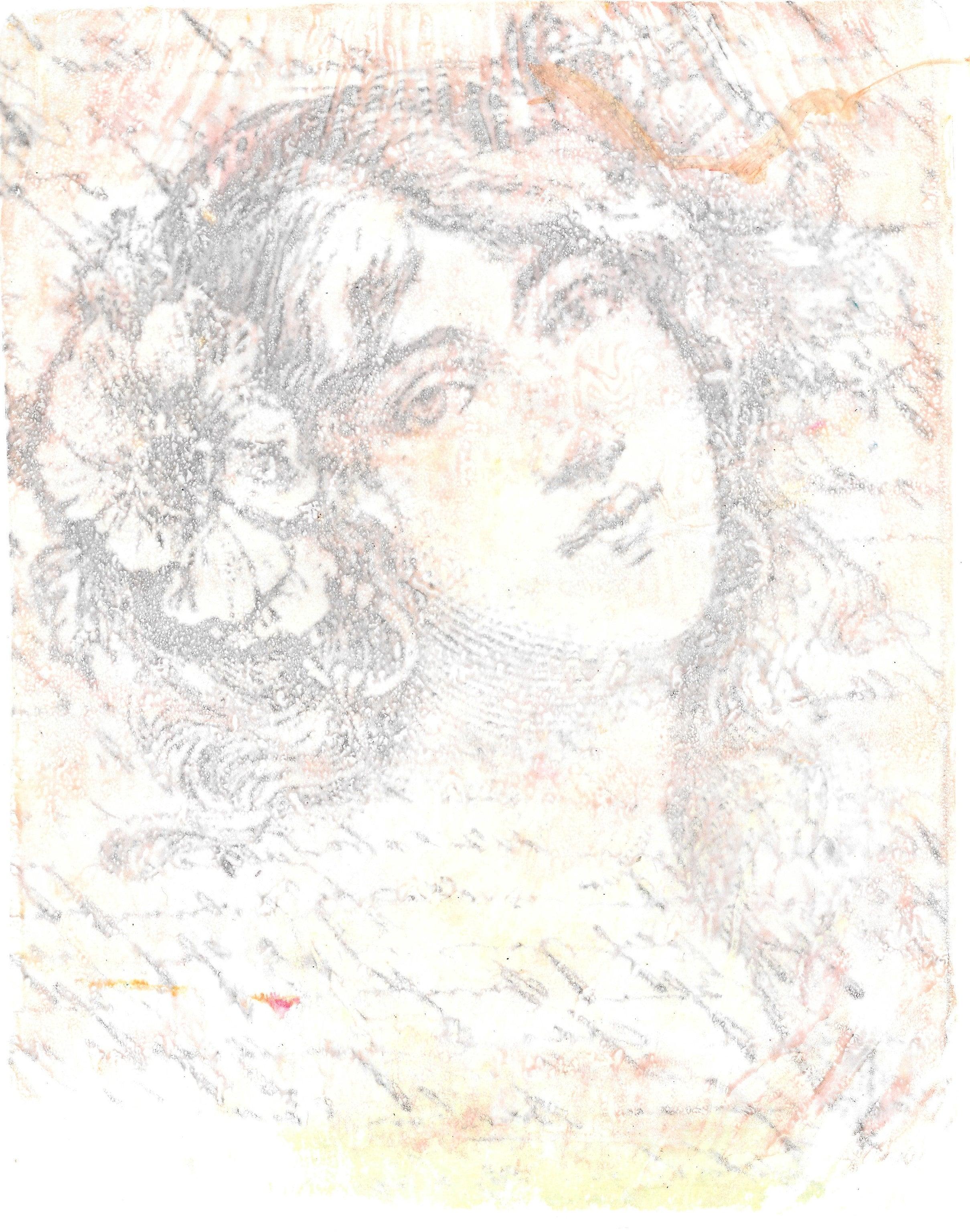
10 Famous Printmaking Artists You Should Know
Key Highlights
- Printmaking, a revered art form spanning centuries, involves transferring ink from a matrix to a surface, often paper.
- From woodcuts and engravings to lithographs and screenprints, the world of printmaking is rich with diverse techniques, each leaving its unique mark.
- This blog will introduce you to ten famous printmaking artists throughout history, delving into their techniques, masterpieces, and impact.
- From the intricate engravings of Albrecht Dürer to the vibrant silkscreens of Andy Warhol, we'll explore the evolution of this captivating art form.
- Get ready to expand your art history knowledge and discover the captivating world of printmaking.
Introduction
Throughout art history, printmaking techniques have amazed many artists and fans of art. Traditional printmaking includes different methods like woodcut, etching, and lithography. These techniques involve moving ink from a setup to paper or other materials. In this blog post, we will look at ten famous printmaking artists who have changed this art form.
10 Iconic Printmaking Artists Everyone Should Recognize
The world of printmaking is home to many skilled artists who have greatly influenced this art form. They use everything from detailed engravings to strong woodcut techniques. Each artist adds their own special touch to the work.
Get ready to learn about the important artists who helped shape printmaking over time.
1. Albrecht Dürer – The Renaissance Master
Albrecht Dürer is known as a top artist of the German Renaissance. In the 15th century, he changed printmaking, especially with his amazing wood engravings. His new methods and careful attention to detail made printmaking much better than before. He inspired many artists who came after him.
One of Dürer's famous wood engravings is "Melancholia I." It shows how he could capture tiny details and create many shades of tone. His influence on art went beyond his lifetime, making him a true master of the Renaissance.
Dürer's legacy is important not just because of the high quality of his work. He also helped printmaking go from being just a craft to a respected art form.
2. Rembrandt van Rijn – The Etching Expert
Rembrandt van Rijn was a famous Dutch artist known for his special use of light and shadow. He is well-liked for his amazing etchings that show deep human emotions and strong contrasts between light and dark.
One of his most famous works is "The Sleep of Reason Produces Monsters." In it, Rembrandt used his etching skills to create a mix of imagination and social messages. He had a unique talent for showing his subjects' feelings through light and shadow, which highlights his great skill.
Even now, Rembrandt's etchings and paintings continue to impress people after many years. His work makes him one of the best-known artists from the Dutch Golden Age.
3. Katsushika Hokusai – Ukiyo-e Pioneer
Katsushika Hokusai was a famous Japanese artist. He was great at ukiyo-e, a style of woodblock printing. This type of art shows regular life, beautiful women, and landscapes. Hokusai's prints are known for their bright colors and lively designs. He had a sharp eye for nature and was skilled in printing.
One of his most famous works is "The Great Wave off Kanagawa." This print is part of his well-known series, "Thirty-six Views of Mount Fuji." Hokusai's art reached beyond Japan. It inspired many artists in Europe, including the Impressionists and Post-Impressionists.
He had a special way to show movement and the force of nature. This talent made him one of the true masters of Japanese printmaking.
4. Francisco Goya – The Romantic Era’s Voice
Francisco Goya, the great Spanish artist, is famous for his strong and often eerie etchings and aquatints. His work provides a sharp look at problems in society, political issues, and human mistakes.
Goya's series "Los Caprichos" shows how he mixed social messages with creative images. In this series, you see strange figures and dreamlike scenes. He used aquatint, a special method that adds tones and makes his prints even more powerful.
Goya is well-known as a printmaker, and his work reflects his times. He used his art to question the norms and show the darker sides of humanity.
5. Pablo Picasso – Innovator in Printmaking
Pablo Picasso was an important figure in 20th-century art. He also made a big impact on printmaking. He used many different methods in printmaking, like etching, lithography, and linocuts.
Picasso's printmaking showed how he grew as an artist. He always pushed limits and tried new things. From his Cubist works to his later, more emotional art, Picasso used printmaking to express new ideas and change the art world.
His prints, like his paintings, are still celebrated today. They stand out for their creativity and skill. They also have a lasting effect on modern art.
6. Andy Warhol – Pop Art’s Printmaking Icon
Andy Warhol is known for Pop Art. In the mid-20th century, he took screen-printing to a new level. He used bright colors, repeated designs, and images from popular culture. This changed the art world.
Warhol's famous prints, like those of Marilyn Monroe and Campbell's soup cans, challenged what people thought fine art was. He blurred the line between art and business. His fresh way of printmaking made it easier for new artists to create.
Warhol's prints made a lasting mark. He is remembered not just as a famous artist, but also as a cultural icon. He changed how we see printmaking today.
7. Edvard Munch – Symbolism and Expressionism
Edvard Munch was a famous artist from Norway. He is well-known for his powerful and emotional paintings. He also made great prints. His woodcuts and lithographs used strong lines and clear contrasts. They showed feelings of worry, isolation, and what it means to be human.
One of his most famous works is "The Scream," which he also created as a lithograph. His prints, like his series of paintings, looked deep into human feelings. He often used symbols and bright colors to show strong emotions.
Munch's work as a printmaker is important. He could take his intense artistic ideas and turn them into prints. This changed how art was viewed and helped shape the Expressionism movement and others after it.
8. Mary Cassatt – Impressionism’s Female Force
Mary Cassatt was a key artist in the Impressionist movement and one of the first female artists in a male-dominated field. She was skilled in printmaking, especially etching and drypoint, which showed her unique style.
Her prints showed private moments of daily life, often featuring women and children. With soft lines and gentle colors, she beautifully captured light and shadow. This also showed how Impressionists liked to catch fleeting moments.
Cassatt played an important role in printmaking. She questioned gender norms and opened doors for more female artists to be recognized in the late 1800s and early 1900s.
9. William Blake – The Poetic Printer
William Blake was an English poet, painter, and printmaker. He has a special place in art history. His works often mixed poetry with pictures. He took ideas from biblical tales, mystical feelings, and social issues.
Blake's printmaking techniques were very unique. He created a method called "relief etching." This involved writing and drawing on copper plates. This way, he made works that were both written and visual masterpieces.
Blake is known as a "poetic printer." His print studies still inspire many artists and scholars today. They are important for understanding his different artistic styles and achievements.
10. José Posada – Folk Art and Social Commentary
José Guadalupe Posada was a Mexican artist and printmaker. He is famous for his unique images, which are often seen in Mexican folk art. His art was deeply connected to Mexican culture. He used his work to express bold social and political messages during a time of big changes in Mexico.
His prints often showed skeletons doing different things, like dancing or making political jokes. These images became a way to communicate during the Mexican Revolution. They were commonly used in posters and newspapers to share messages with many people.
Posada's lasting impact shows how printmaking can be a strong way to comment on society and share culture. His work helps keep Mexican traditions alive and inspires artists and activists today.
Exploring the Techniques of Master Printmakers
The artists talked about in this blog used different printmaking techniques. Each technique needs skill and care. These techniques are woodcut (relief), engraving, etching, drypoint (intaglio), lithography, and screen-printing. Artists also try mixing these techniques to get the effect they want.
The techniques mentioned are just a few of those used by printmakers, both past and present. Their creativity still inspires printmakers today. This keeps printmaking a lively and constantly changing way to express art.
Woodcut and Woodblock Printing
Woodcut is one of the oldest printmaking techniques. It started in China and has been used for centuries in Japan and Europe. This method involves carving an image on a woodblock. The artist gets ink on the raised parts of the wood and then presses paper on it to make a print. Woodcuts have a strong graphic style.
In Japan, woodblock printing is also called ukiyo-e. It grew popular during the Edo period, which lasted from the 17th to the 19th centuries. Artists like Hokusai and Hiroshige created beautiful landscapes, portraits, and scenes with this technique.
Today, woodcut remains popular among artists. They value it for being straightforward, affordable, and giving a unique look to their work.
Etching and Engraving
Etching and engraving are methods where the design is carved into a printing plate. These techniques allow artists to create very fine details. They are great for showing delicate patterns and textures. Famous artists like Rembrandt van Rijn and Francisco Goya were experts in etching and engraving. They made some of the most well-known prints in art history.
In etching, the artist first coats a metal plate with a thick waxy layer. Using a sharp needle, the artist draws on the layer and uncovers the metal underneath. The plate is then soaked in acid, which eats into the exposed lines. This creates grooves that will hold ink.
Engraving is different. It uses a tool called a burin to cut lines directly into a metal plate. These lines keep the ink during the printing.
Lithography and Screenprinting
Lithography is a printing method created in the late 1700s. It works by using the fact that oil and water do not mix. You start by drawing a design on a smooth stone or plate with oily materials. The stone is treated so that only the oily parts will take ink. The areas that do not have the design will push the ink away.
Screenprinting, or silkscreen printing, uses a tight mesh over a frame. The parts of the screen that are not part of the design are covered, so ink can only go through the open mesh. Then, that ink is pushed onto the surface being printed, which is usually paper or fabric.
Both of these printing methods are very useful. They are used in many types of art and businesses, including fine art prints, posters, textiles, and even circuit boards.
Monoprinting
Monoprinting is a special way of making prints that lets artists create unique pieces. This method is different from others because it makes only one print instead of many the same. In monoprinting, artists put ink or paint on a smooth surface like a gel plate.
After applying the ink or paint, artists use tools to change it. They can create different textures, patterns, and designs. Then, they place a sheet of paper over the inked surface and press down. This way, the image moves from the surface to the paper.
Monoprinting gives artists a chance to be spontaneous and connect directly with their materials. This leads to unique artworks that often show their creative process. It encourages trying new things and enjoying surprises.
Conclusion
Printmaking has a long history with famous artists like Dürer, Rembrandt, and Picasso. They made great contributions in skills like woodcut, etching, lithography, and monoprinting. These techniques show the skill behind every stroke. Learning about printmaking can improve your art knowledge and help you see cultural stories. Explore the world of printmaking to enjoy the work and creativity of these great artists. If you love art or collect it, knowing about these printmaking experts is important for understanding how visual storytelling has changed over time.
Frequently Asked Questions
What is printmaking and why is it significant?
Printmaking includes different artistic methods to make images. This is done by moving ink from a surface, like a woodblock or metal plate. It has played an important role in art history. After the printing press was invented, printmaking allowed for the reproduction of artwork. This helped spread images and ideas far and wide.
How can I start collecting prints by famous artists?
Start by looking into artists and techniques that catch your interest for collecting prints. Check with credible galleries, auction houses, and websites that focus on fine art prints. It's important to confirm the authenticity and condition of the prints. These things affect their value as an investment in the art market.


